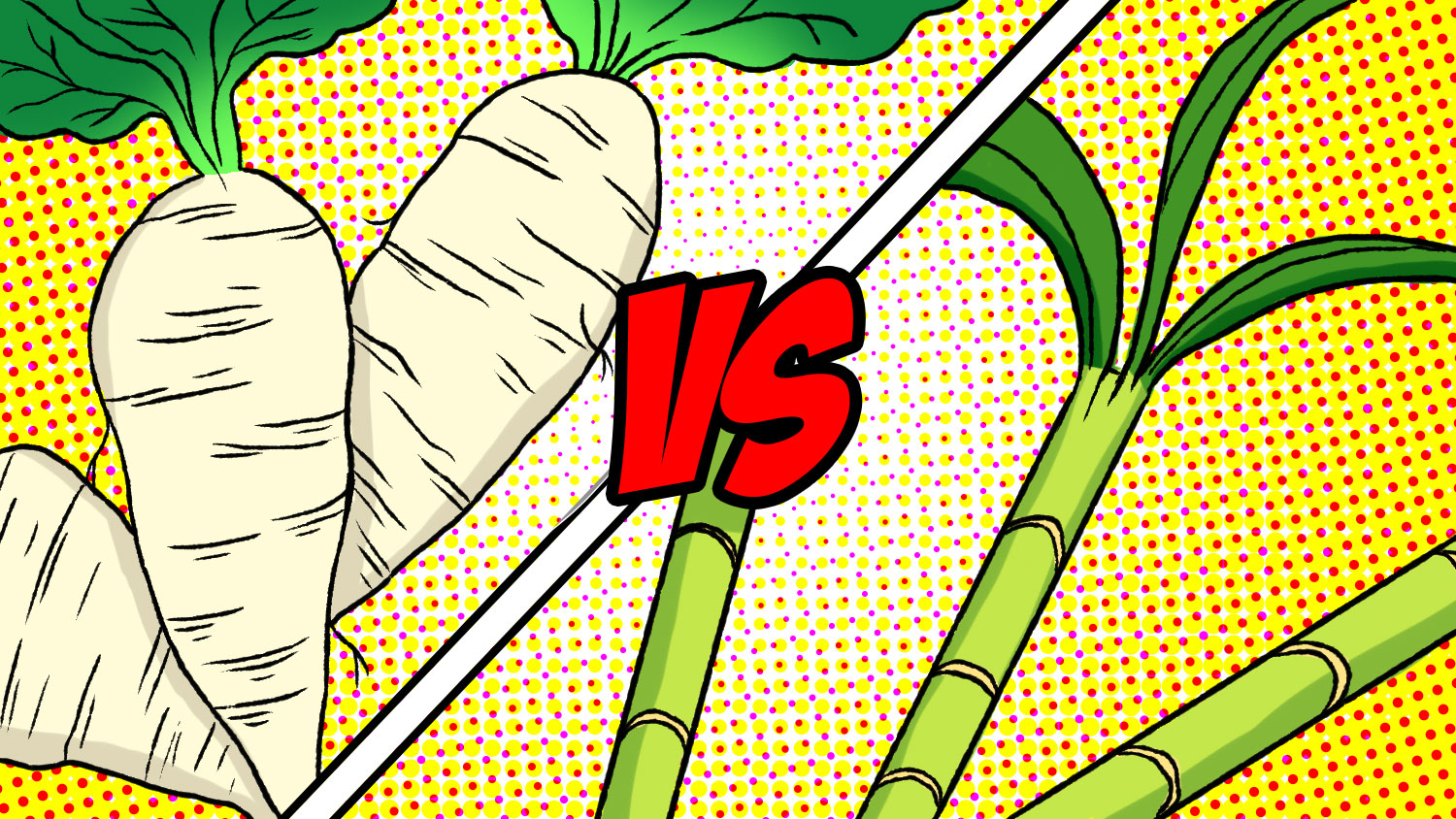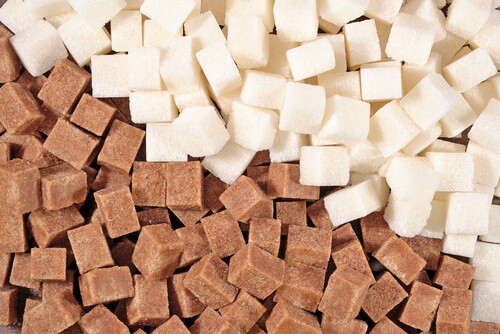Exploring the historical evolution of sugar beet vs sugar cane in trade history
Recognizing Sugar Beet Vs Sugar Cane: Secret Distinctions and Their Relevance in the Global Sugar Market
The differences between sugar beet and sugar cane are considerable in the context of the global sugar sector. Their differing climatic requirements influence where they can be grown, while their unique dietary accounts affect consumer choices. Furthermore, the economic ramifications of each plant shape market dynamics. Understanding these distinctions is crucial for realizing the more comprehensive influence on production and supply chains. What more complexities emerge when considering their roles in the sector?
Environment and Geographic Versatility
Sugar beet and sugar cane display distinctive environment and geographic versatility that influences their growing. Sugar beet thrives in warm environments, needing great weather for suitable growth. It is mainly expanded in areas such as Europe and North America, where problems prefer its development during spring and loss. On the other hand, sugar cane embellishments in tropical and subtropical environments, demanding cozy temperatures and plentiful rains. This plant is mainly grown in countries like Brazil, India, and Australia, where the setting supports its lengthy growth cycle.The varying adaptability of these crops influences not just their geographical distribution however also the farming techniques used by farmers. Sugar beet's strength to colder temperatures permits earlier growing, while sugar cane depends on a longer expanding period to attain optimal return. Recognizing these climatic choices is essential for improving manufacturing and making sure food protection in regions depending on these vital sugar sources.
Farming and Gathering Strategies

Cultivating sugar beet and sugar cane involves distinctive methods customized to every plant's certain development demands. Sugar beet is normally planted in great, pleasant climates, requiring well-drained soil and specific spacing to enable excellent root growth. Sugar beet vs sugar cane. Farmers commonly use mechanical planters to assure consistent seed positioning, complied with by normal irrigation and weed administration practices to sustain growth.In contrast, sugar cane flourishes in warmer climates and is typically circulated via stem cuttings instead of seeds. Planting occurs in rows, enabling sufficient sunshine and air flow. Gathering sugar cane is labor-intensive, usually including manual cutting or the usage of specialized equipment, relying on the scale of production. Alternatively, sugar beet harvesting employs mechanical harvesters that draw out the roots from the dirt, decreasing damages and assuring a cleaner item. Both plants require cautious administration to maximize return and quality, showing their importance in the international sugar industry
Processing Approaches and Efficiency
Handling approaches for sugar beet and sugar cane reveal crucial distinctions that impact performance and return. Sugar beetroots go through a collection of actions, starting with slicing the root into slim cossettes, adhered to by removal of juice with diffusion or pushing. This juice is then cleansed, concentrated, and taken shape, resulting in granulated sugar. The process normally takes about 5-10 hours from gathering to crystallization.In comparison, sugar cane processing involves squashing the stalks to draw out juice, which is after that heated up and made clear. The juice goes through evaporation and condensation, typically taking longer than beet handling because of the coarse nature of the cane. In addition, sugar cane can be processed continuously, enhancing effectiveness.
Financial Influence and International Production Patterns
The distinctions in processing approaches in between sugar beet and sugar cane not read just influence effectiveness but additionally have significant financial implications. Sugar cane dominates in exotic regions, providing lower production costs due to desirable climatic problems and lower energy needs. In contrast, sugar beet is largely cultivated in pleasant areas, where higher manufacturing expenses are usually incurred. This geographical variation affects global supply chains, influencing pricing structures and availability.Recent fads indicate a changing worldwide demand for sugar, with both crops experiencing cost volatility. As countries objective for self-sufficiency, investments in neighborhood sugar beet manufacturing have actually boosted, particularly in Europe and The United States And Canada. Meanwhile, creating nations continue to depend heavily on sugar cane, driven by export capacity. Overall, the financial impact of these plants is profound, forming farming plans, trade agreements, and the sustainability of the global sugar market.
Nutritional Profiles and Health Considerations
While both sugar beet and sugar cane function as primary resources of sucrose, their dietary profiles and health and wellness factors to consider vary significantly. Sugar cane, usually perceived as a much more web all-natural sweetener, includes trace quantities of minerals and vitamins, including calcium and potassium, along with antioxidants. On the other hand, sugar beet is mainly composed of sucrose with minimal dietary value, yet it is abundant in fiber and certain phytonutrients, which may offer digestive system benefits.Health factors to consider surrounding both sources concentrate on their high glycemic index and possible ramifications for excessive weight and diabetes mellitus. While both sorts of sugar add to calorie consumption, the processing methods can affect their health effect. Sugar beet typically goes through comprehensive refining, while sugar cane may keep even more of its natural compounds in less processed Discover More types, such as raw cane sugar. Inevitably, small amounts is key when including either right into a balanced diet plan.
Regularly Asked Concerns

Which Regions Mainly Grow Sugar Beet Versus Sugar Cane?
Areas mostly expanding sugar beet include Europe and The United States and Canada, while sugar cane prospers in exotic and subtropical locations such as Brazil, India, and Southeast Asia. Environment and dirt problems considerably influence these agricultural patterns.
Just How Do Sugar Beet and Sugar Cane Differ in Preference?

What Are Usual Byproducts of Sugar Beet and Sugar Cane?
Usual by-products of sugar beet consist of molasses and pet feed, while sugar cane returns bagasse, molasses, and ethanol. Both plants add considerably to various sectors, boosting sustainability and financial value past their primary sugar production.
Just How Do Ecological Variables Impact Sugar Beet and Sugar Cane Returns?

What Is the Historical Value of Sugar Beet and Sugar Cane Farming?
The historic value of sugar beet and sugar cane farming exists in their roles in global economic climates, farming techniques, and profession. Both plants shaped social frameworks, influenced colonial policies, and contributed to the growth of modern-day industries.